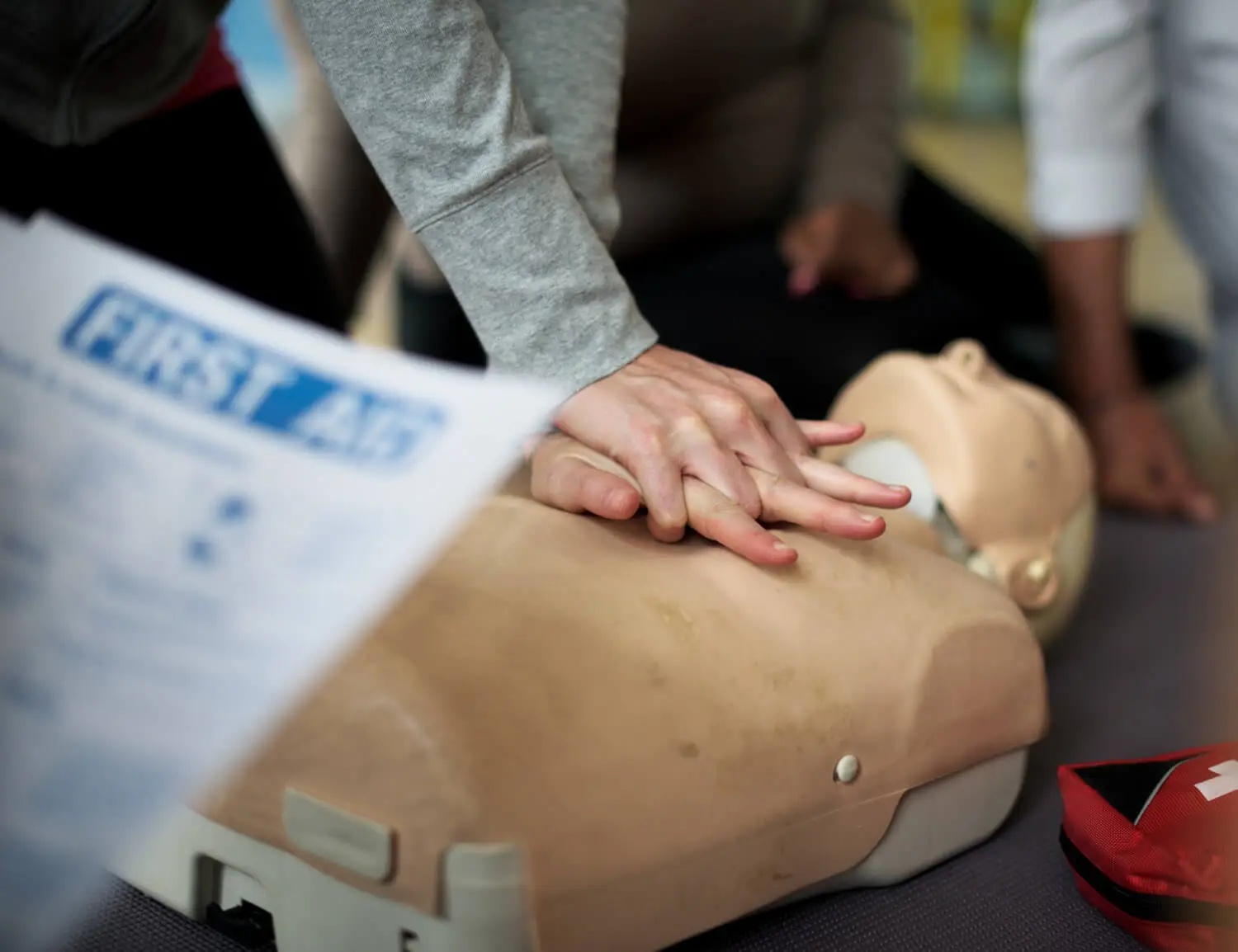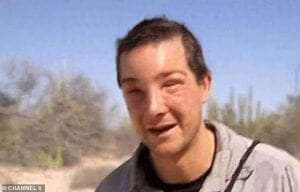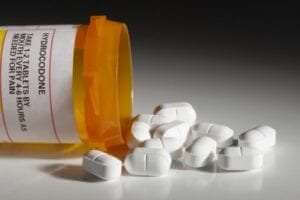First Aid Certification in Memphis, Tn

Midtown First Aid Certification Course
First aid refers to medical attention that is usually administered immediately after the injury occurs and at the location where it occurred. It often consists of a one-time, short-term treatment and requires little technology or training to administer. First aid can include cleaning minor cuts, scrapes, or scratches; treating a minor burn; applying bandages and dressings; the use of non-prescription medicine; draining blisters; removing debris from the eyes; massage; and drinking fluids to relieve heat stress OSHA.
First Aid Certification prepares the individual for the initial care provided for an acute illness or injury when advanced care procedures are not readily available. First aid is intended to preserve life, alleviate suffering, prevent further illness or injury, and promote recovery. First-aid can be initiated by anyone at any time. First-Aid is designed for anyone with limited or no medical training who needs a course completion card in first aid to meet job, regulatory, or other requirements. Reflects science and education from the American Heart Association Guidelines Update for CPR and Emergency Cardiovascular Care (ECC) and the 2015 AHA/Red Cross Guidelines for First Aid.

Choking
Choking can occur when a solid or small object enters a narrowed part of the airway and becomes stuck. On inhalation, the object can be drawn in tighter and block air from entering the lungs A forceful thrust beneath ribs and up into the diaphragm can pressurize the air in the chest and pop obstruction out Compression of the chest over the breastbone can also create enough pressure to expel an object.

Bleeding
Bleeding reduces the amount of oxygen that can be delivered to the body. If heavy or uncontrolled, bleeding can quickly become life-threatening. Pressure applied directly to a bleeding site until bleeding stops is the standard method for controlling external bleeding. Activate EMS immediately for any heavy bleeding. Bleeding can expose you to potentially infectious body fluids.

Allergies
When anaphylaxis occurs, the airway can become constricted due to swelling of the throat, therefore, making it difficult to breathe. Wheezing may be heard. Other symptoms may include the following: Swelling of the lips, eyelids, and face Itchy raised lumps, or hives, on the face and chest Nausea and abdominal cramping. Epinephrine (EPI-Pen) can quickly reverse the effects of the reaction and may be life-saving.

Opioids
This course presents an overview of the growing opioid epidemic and teaches how to recognize and treat, an overdose with naloxone. Topics include: Causes and effects of opioid overdose. on the human body. How bystanders can impact survival rates by calling 911, how to safely recognize a possible opioid overdose, and how to administer naloxone using Narcan Nasal spray.
Book Now Midtown CPR BLS Certification

The First Aid Certification course covers these common emergencies that arise in the activities of daily living. This course also gives the student the confidence to engage and perform the necessary first aid until professional help arrives.
First aid refers to medical attention that is usually administered immediately after the injury occurs and at the location where it occurred. It often consists of a one-time, short-term treatment and requires little technology or training to administer. First aid can include cleaning minor cuts, scrapes, or scratches; treating a minor burn; applying bandages and dressings; the use of non-prescription medicine; draining blisters; removing debris from the eyes; massage; and drinking fluids to relieve heat stress.
Students learn duties and responsibilities of first aid rescuers; first aid actions for medical emergencies, including severe choking, heart attack, and stroke; and skills for handling injury and environmental emergencies, including external bleeding, broken bones and sprains, and bites and stings.
